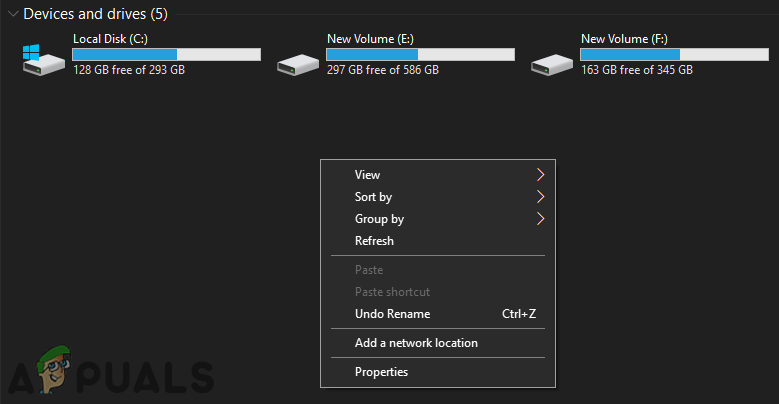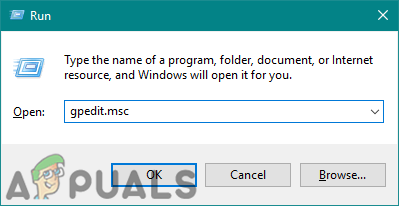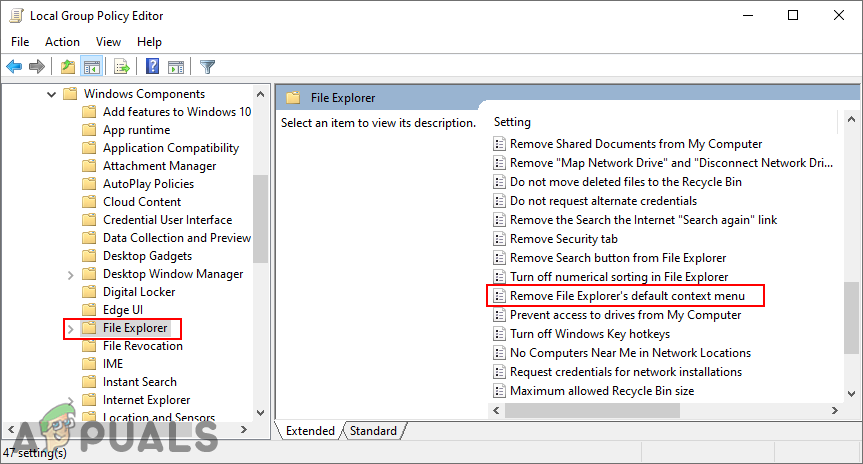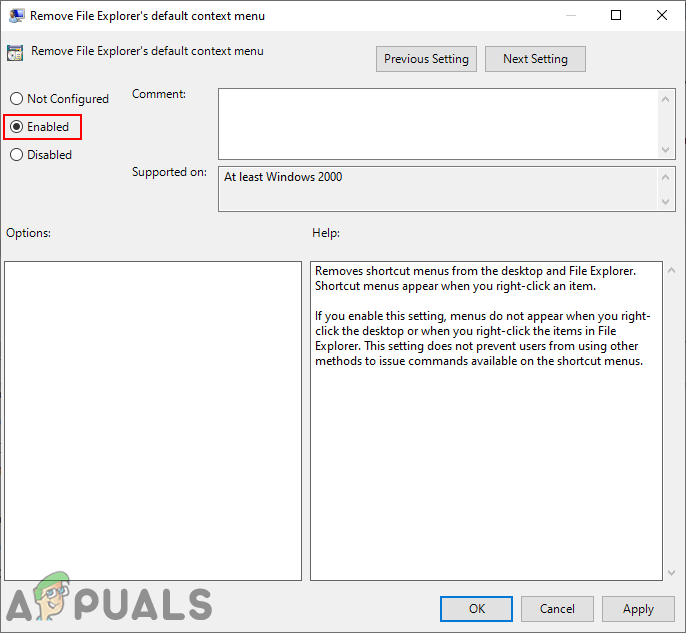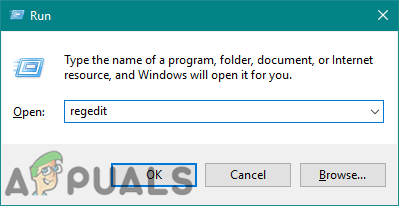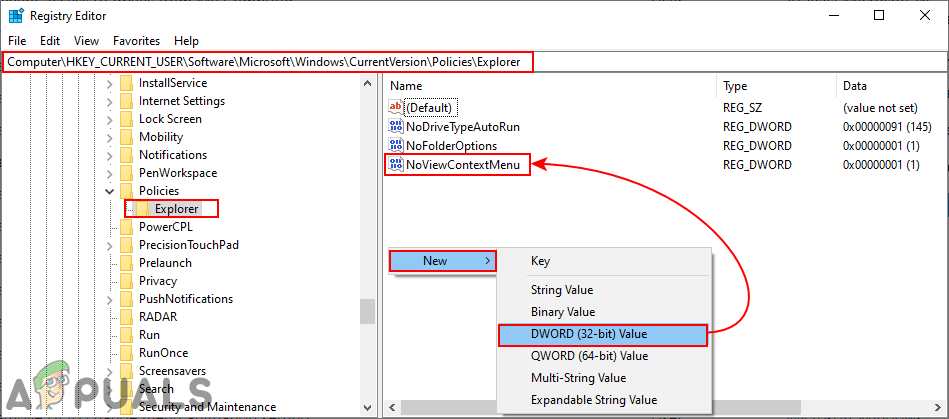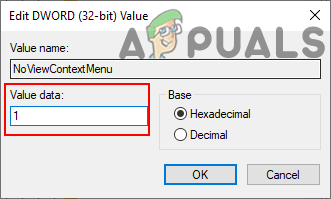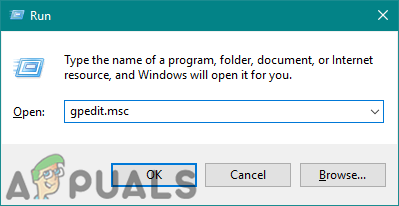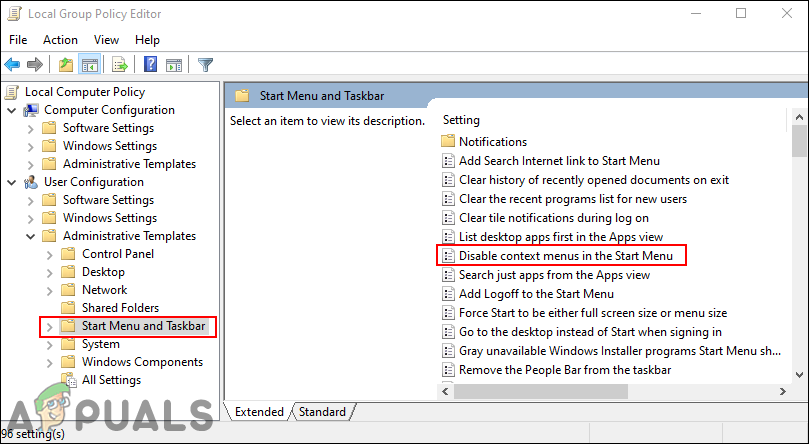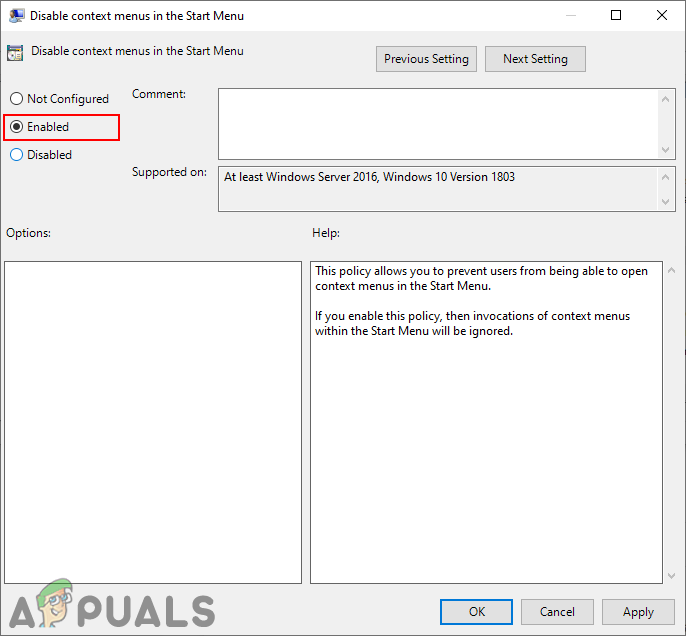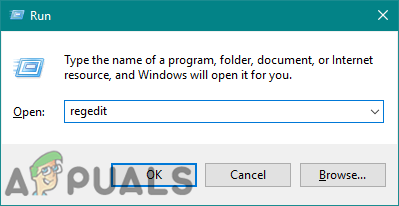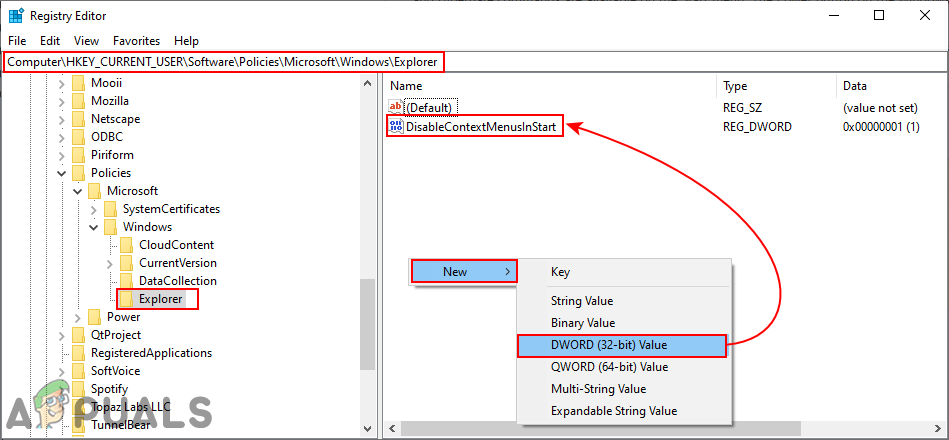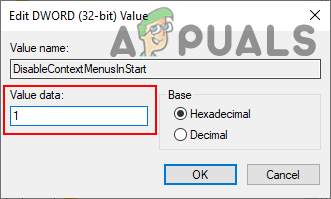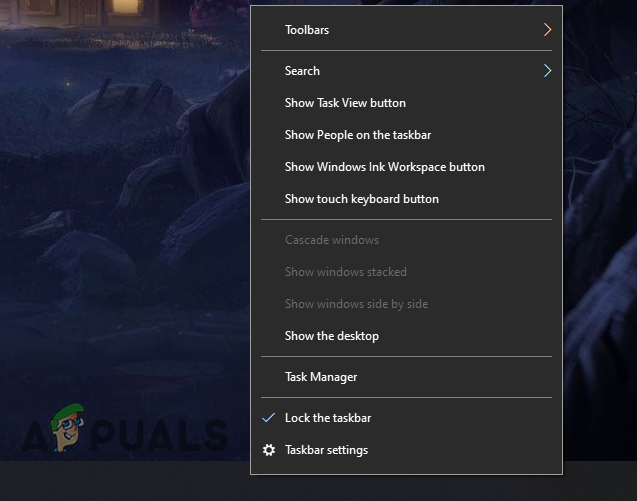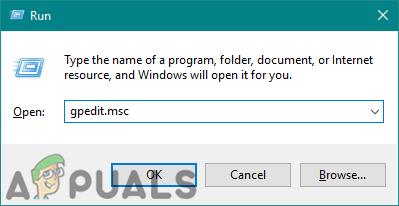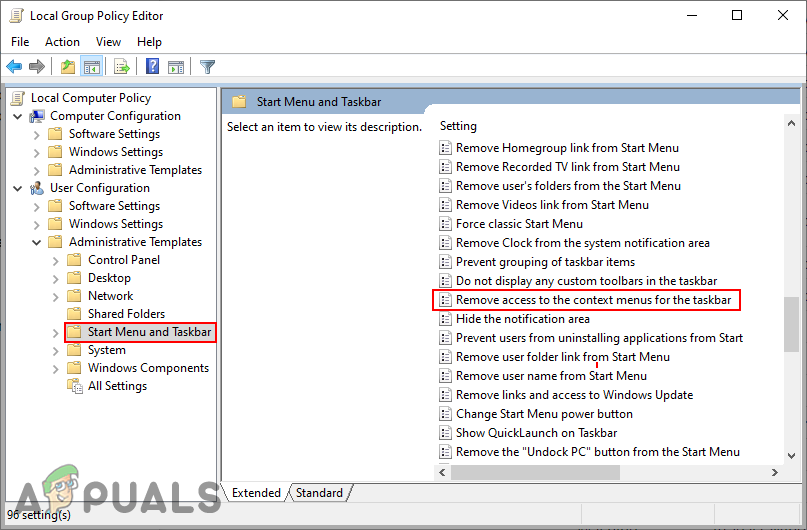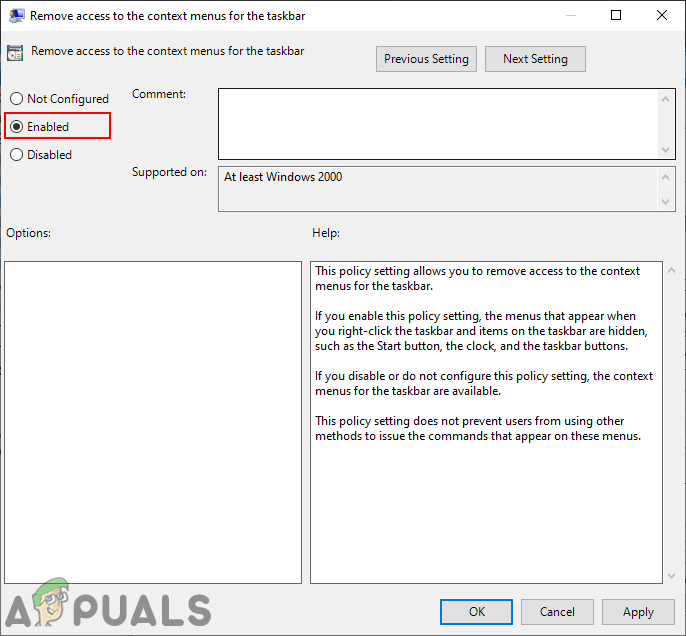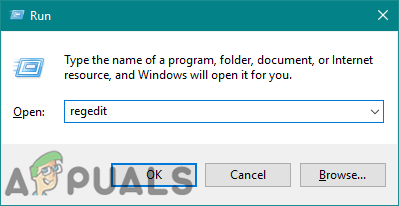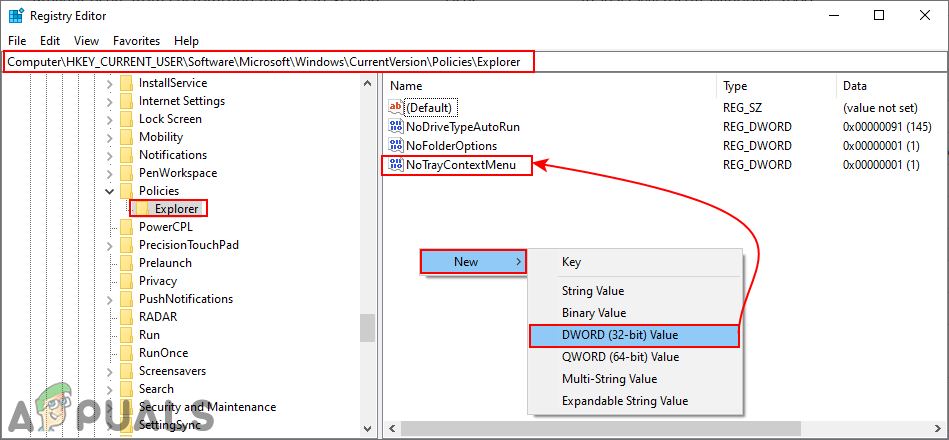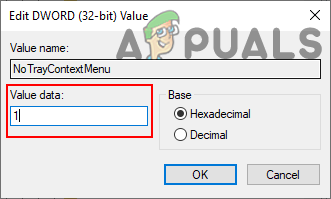1. Disabling Context Menu from File Explorer and Desktop
This will only remove the context menu from the File Explorer and Desktop, but not the options that are available through the context menu. Users can still use the keyboard shortcuts and other methods to access those options. Copy and paste keyboard shortcuts will still work if that’s what you are missing from disabling the context menu. By using the below methods, you can disable or enable the right-click on both desktop and file explorer.
1.1 Using the Local Group Policy Editor
The setting for this specific task can be found in the Local Group Policy Editor. Group Policy has all those settings through which you can control your operating system. Each of the settings in the Group Policy Editor also provides additional information related to that setting. You just need to navigate to the setting and enable it to make it work. However, if you are using the Windows Home edition, you will have to enable the Local Group Policy Editor.
1.2 Using the Registry Editor
Another method for disabling the context menu in File Explorer and desktop is through the Registry. This is also the only available option for Window Home users. It requires some of the technical steps from the users, unlike the Group Policy Editor. To enable this specific setting, the user needs to create the missing key/value in the Registry Editor. We also recommend users to create a backup before making any new changes in the Registry of their system. Follow the below steps to disable or enable the context menu:
2. Disabling Context Menu from Start Menu on Windows 10
It is a pretty useful feature in Start Menu, however, as an administrator, you can disable these options from a standard user. If you only want them to use the application and not open any additional option for that application. The default setting for this specific task can be found in the Local Group Policy Editor. Users just need to enable that and it will do the rest of the work. However, since the Local Group Policy Editor isn’t available in all versions of the Windows operating system, so we are also adding the Registry Editor method. All the below methods will work the same and disable the context menu from the Start Menu of your system.
2.1 Using the Local Group Policy Editor
The Local Group Policy Editor can be used to modify different settings of the operating system. Some of the settings may not be available in the default Windows Settings app. However, you can find most of them in the Local Group Policy Editor. This setting can be applied to both the computer and the current user. The path will be the same, but the category will be different in the Local Group Policy Editor window. Follow the below guide to disable the context menu for the start menu. However, if you are using the Windows Home edition, you will have to enable the Local Group Policy Editor.
2.2 Using the Registry Editor
The Registry Editor is another method for this specific setting. If you use the Local Group Policy Editor method, then it will automatically update the key and value in the Registry Editor for that setting. However, if you don’t have access to the Local Group Policy Editor, then you will need to create the missing key or value for this setting. It is a bit technical method for beginners, but you can easily accomplish it by following the below steps. Note: The path for the key in the Current Machine hive and Current User hive will be the same, but the hive will be different.
3. Disabling Context Menu from Taskbar
The context menu of the Taskbar allows users to show or hide several different options on their Taskbar. It shows all of the customization options and settings for the Taskbar. It is a pretty common and one of the most used features on the Windows operating system. However, if the PC is used by multiple users, then you can disable the context menu of the Taskbar from other standard users. This will prevent the users from changing the Taskbar options and they won’t be able to right-click on the Taskbar. We will show you methods through which you easily disable the context menus for the Taskbar.
3.1 Using the Local Group Policy Editor
Some of the settings may not be available in the Control Panel or the Settings app. The setting for disabling the context menu of the Taskbar can be found in the Local Group Policy Editor. It also provides details about this specific policy setting. Follow the below steps to check it out: Note: If you’re using the Windows Home operating system, then skip this method. That is because the Local Group Policy Editor isn’t available for the Windows Home Editions.
3.2 Using the Registry Editor
Another method for disabling the context menu of the Taskbar is by using the Registry Editor. If you already used the Local Group Policy Editor, then it will automatically update your Registry. However, if you are directly using the Registry Editor method, then you will need to create the missing value and then set the value data for enabling it. We always recommend users to create a backup before making any changes to the Windows Registry. Follow the below guide to disable the context menu:
Fix: Slow Context Menus after the Windows 10 Anniversary UpdateHow to Add or Remove the Manage Item on the File Explorer Context Menu?How to Add Restart Explorer Context menu in Windows 11FIX: “Pin to Start Menu” and “Unpin from Start Menu” Options Missing in Windows…
